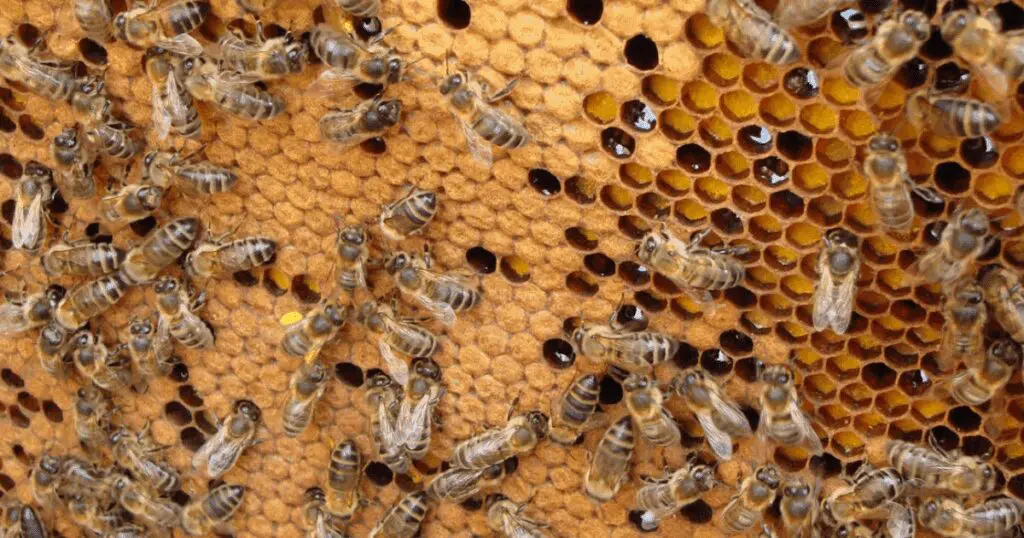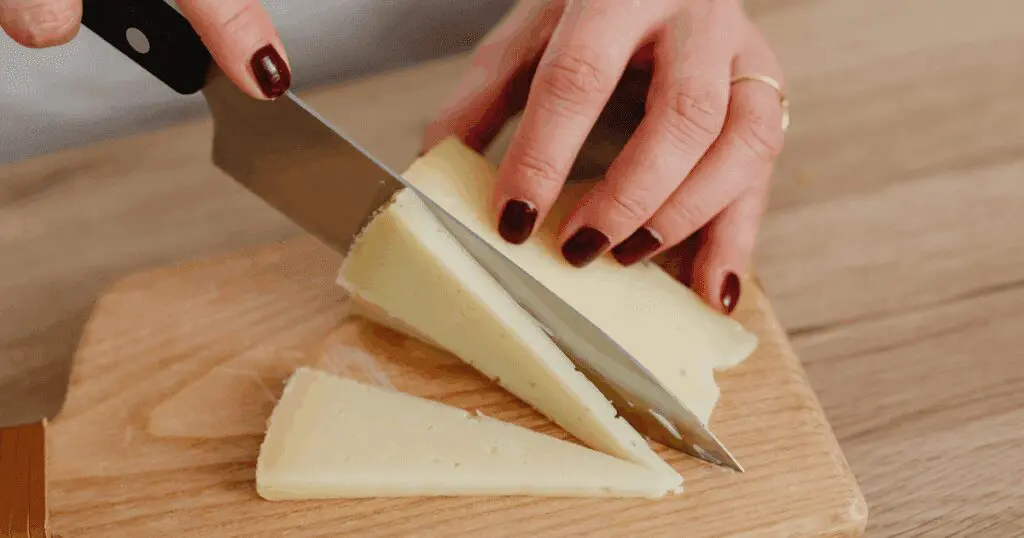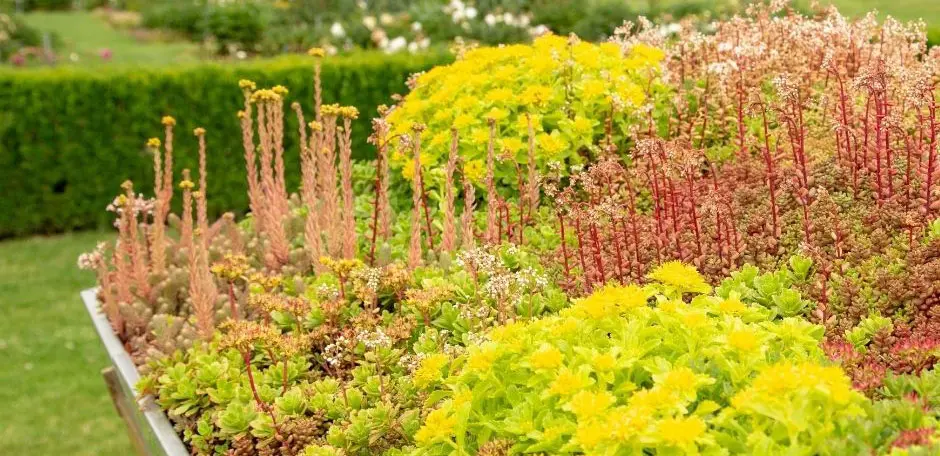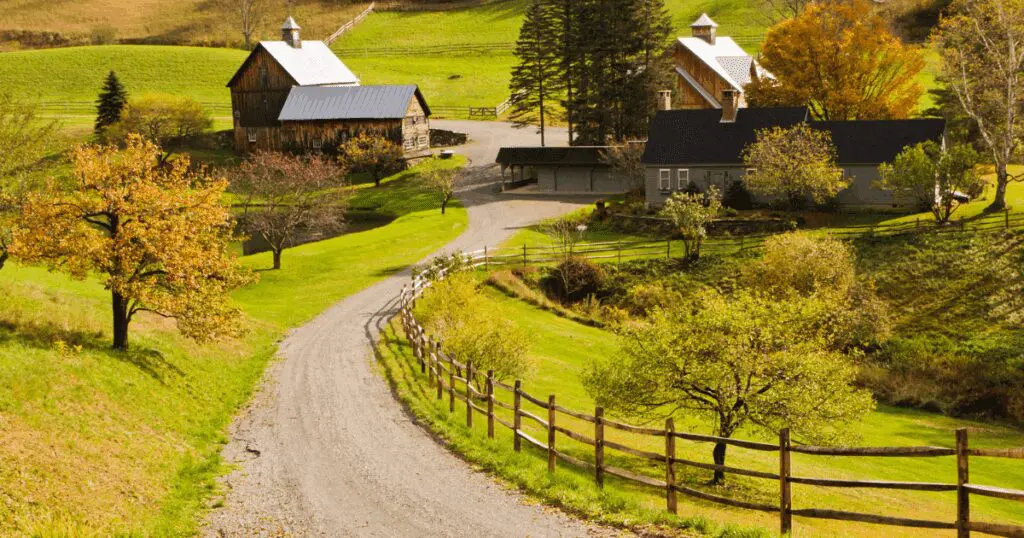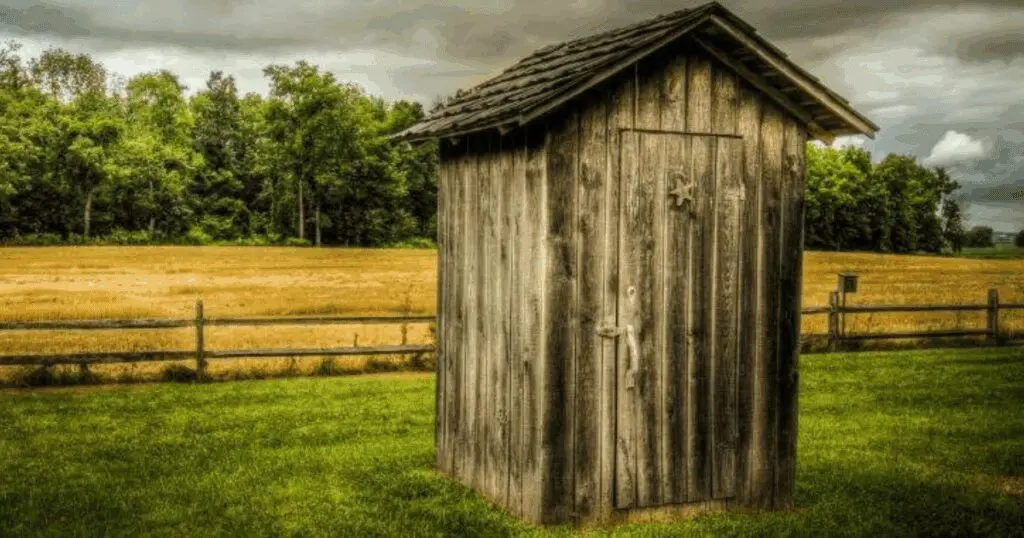Why the Great Turning Requires Collective Liberation Now
An excerpt from Coming Together in the Great Turning offers a gentle reflection on remaining connected, human, and hopeful amid social, political, and ecological upheaval, reminding us why coming together…










